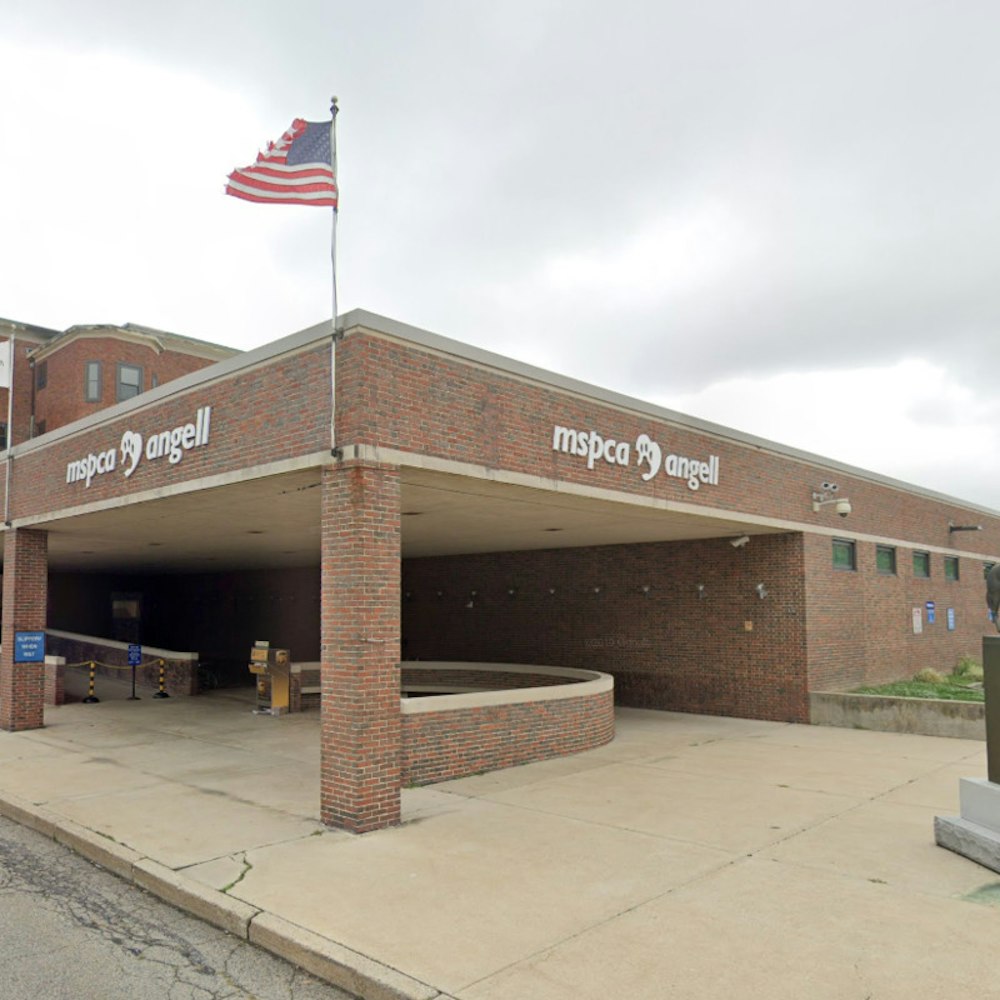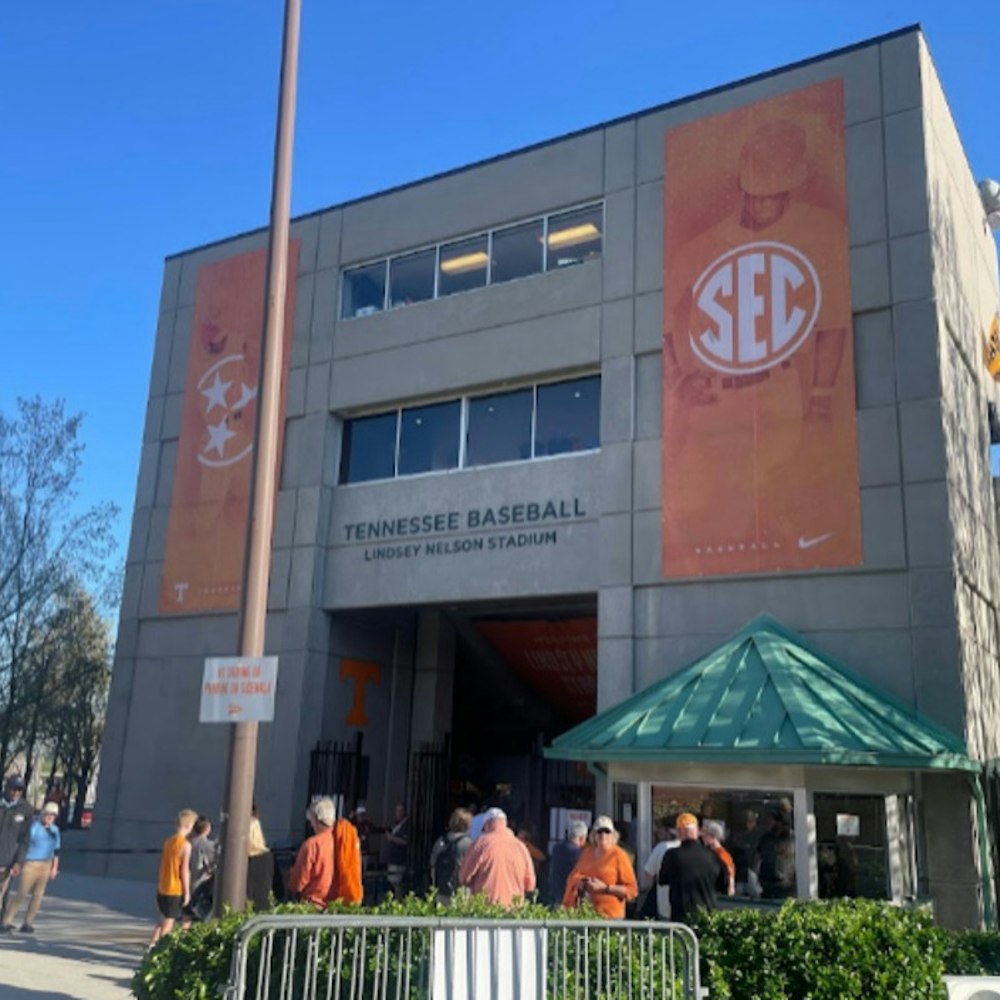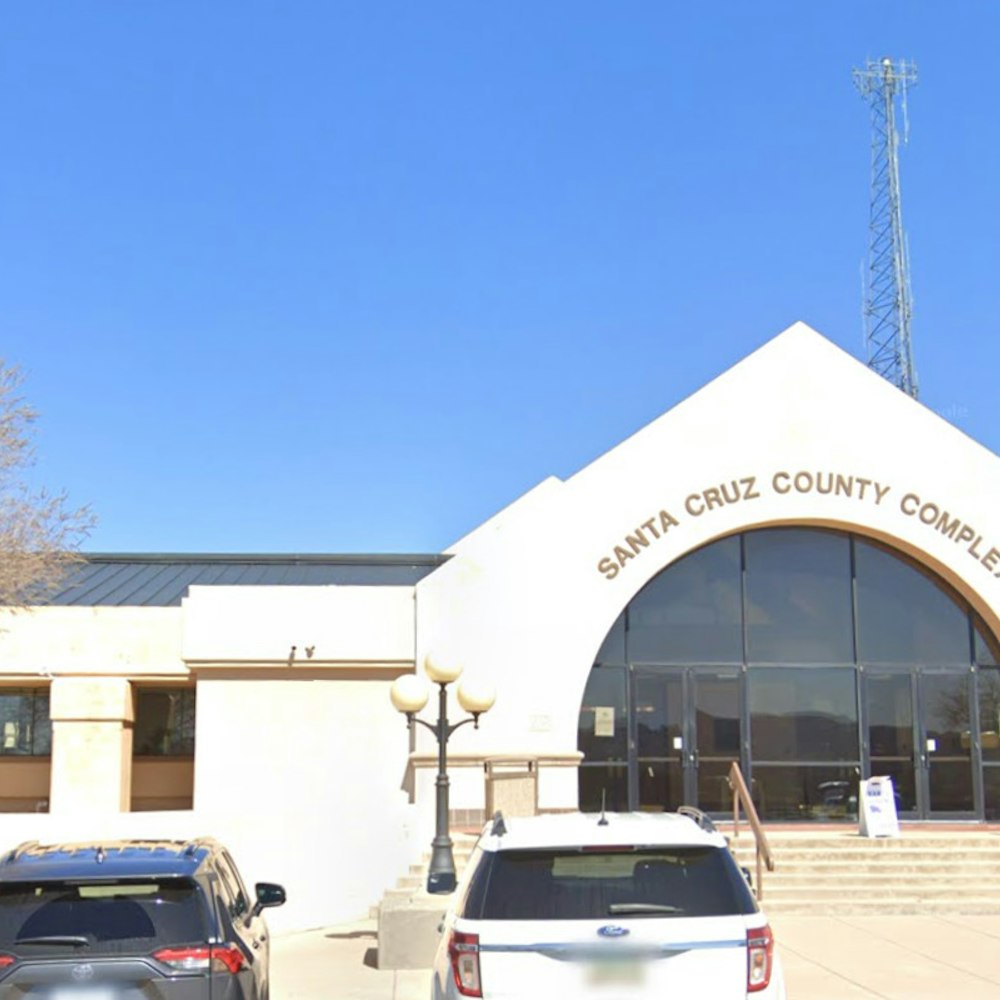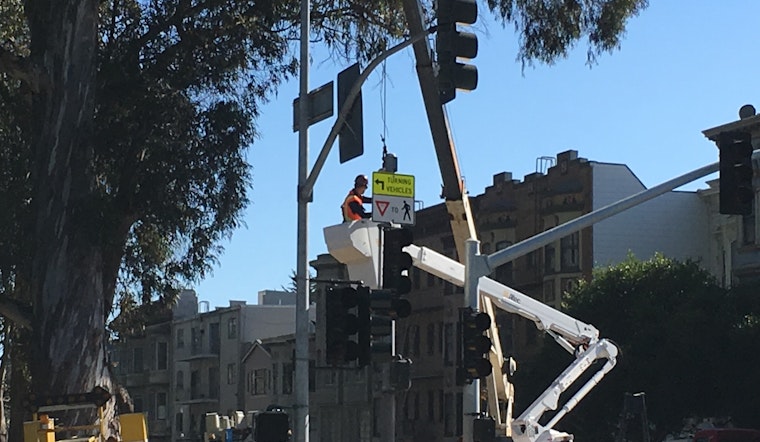
The city unveiled new safety features at a high-injury intersection yesterday, following a serious collision earlier this year.
At the beginning of January, A 54-year-old woman suffered serious injuries when a driver hit her with a car at Masonic Avenue and Oak Street. The collision prompted the installation of an extended leading pedestrian interval (LPI) for the north crosswalk of the intersection, along with a new flashing yellow arrow signal to control the eastbound left turn from Oak Street to Masonic Avenue.
The intersection is identified as a high-injury corridor under the city's Vision Zero plan, which aims to eliminate traffic fatalities by 2024.
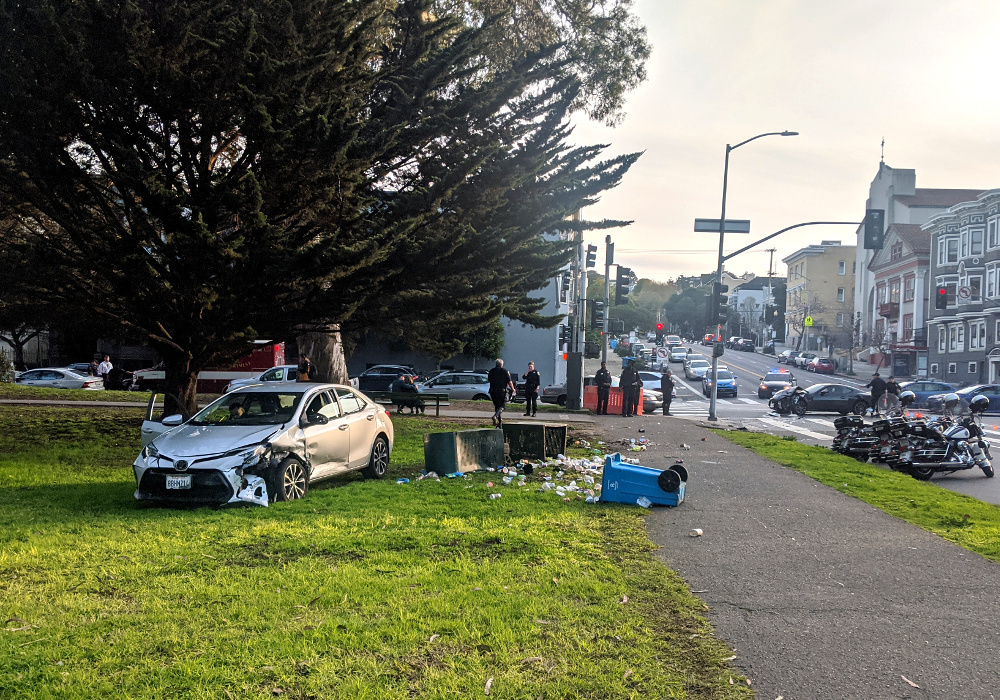
The San Francisco Municipal Transportation Agency is expected to monitor the operation of the signals. According to a press release, if there is any need for further modifications, the poles and signals constructed as part of this project are designed to be flexible and allow the SFMTA to make adjustments.
"I take our commitment to Vision Zero seriously and am excited to join with MTA in announcing these improvements today, and look forward to working with community members and the SFMTA to ensure there are no more injuries on our streets," District 5 Supervisor Dean Preston said in a statement.
Sup. Preston's office called Oak Street a major west-east travel corridor designed decades ago "to prioritize high-speed car traffic without sufficient safeguards for neighbors, pedestrians, and cyclists."
"This intersection is one of hundreds across the city with high rates of traffic crashes", said Jodie Medeiros, Walk SF executive director, during a press conference on Wednesday. "We need safety solutions like [those] being installed here at Oak and Masonic at all of them," she urged.
"This intersection is one of hundreds across the city with high rates of traffic crashes," said Jodie Medeiros, Walk SF's executive director. "We need safety solutions like are being installed here at Oak & Masonic at all of them -- urgently." #SlowOurStreets #IWalkSF pic.twitter.com/6TtaWcB1hd
— Walk San Francisco (@walksf) February 12, 2020
The new safety features are the first of their kind in San Francisco, but are modeled after similar installations in Los Angeles, New York City and Seattle, according to Sup. Preston's office. While a typical LPI usually varies in duration between three and five seconds, this LPI for the north crosswalk is now ten seconds long in order to safely cross before drivers are allowed to begin turning. During that time, drivers waiting to turn left from Oak Street to Masonic Avenue will see a red left arrow signal and will not be allowed to turn.
After the first ten seconds, left-turning vehicles will be shown a flashing yellow left arrow allowing them to turn. The flashing yellow arrow will also serve as a reminder to drivers to yield to pedestrians. Additionally, Oak Street traffic will no longer see a green left-turn arrow at any point in the cycle.
In addition to that, other improvements are also coming to the area.
Drivers can expect to see a new green left-turn arrow for southbound Masonic Avenue traffic turning left onto Oak Street, as well as the removal of the corresponding southbound left-turn prohibition during morning commute hours, the installation of larger 12” signal heads and an additional traffic signal mast arm for better signal visibility and longer-duration flashing red hand countdown timers, with a slower expected pedestrian walking speed.
Sup. Preston also announced that he is working with the SFMTA to reduce speeds along both Fell and Oak streets along the Panhandle. "For too long Oak and Fell along the Panhandle have been high-injury streets in our district,” Sup. Preston said.
